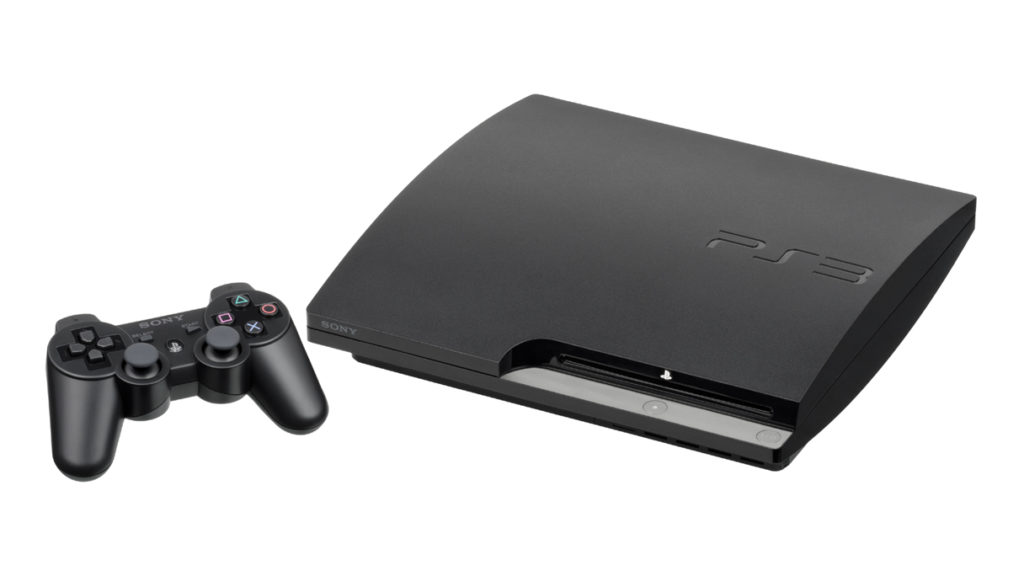Well, it's another 12-year anniversary today and that means it's time once again for a retrospective of one of the great consoles of recent gaming history. This time around we have the distinct pleasure of taking a look back at the somewhat-remarkable run of Sony's PlayStation 3. Though news of its release came with lofty expectations, a series of unfortunate decisions over its lifetime (particularly at the start) did keep it from becoming the console titan it was meant to be. Despite this however, an extremely solid and varied library, along with a couple of strategically competitive moves allowed it to still finish out the generation neck and neck with the competition.
Coming off of the runaway successes that were the PS1 and PS2, it seemed as though Sony could do no wrong. Regrettably for them however, this was not the case. In the years and months leading up to the launch, Sony made a series of blunders that all contributed to a less-than-stellar start. For starters, they let Microsoft beat them to launch with the Xbox 360, a full year before the PlayStation 3 would be released. This gave the 360 plenty of time to carve out a decent foothold in the market and prove itself worthy of gamers hard-earned dollars. In addition, Sony selected the uniquely designed Cell processor for their system, which, while theoretically capable of delivering better graphics than the Xbox's more traditional Xenon processor, didn't really do so in practice. Making matters worse was the fact that the Cell's unorthodox design initially caused many third-party developers to struggle to deliver games that looked even as good as the 360 versions.
As if those two shortcomings weren't bad enough, there were two arguably even bigger issues with Sony's system. At the time Sony announced the PS3 to the world, they were in the midst of a legal dispute over the vibration technology in their controllers. As a result, the PS3 ended up having to launch without it. At that point in time, vibration had already been an industry standard for nearly two generations and was utilized with both the PS1 and PS2. More importantly, the previous year's Xbox 360 had it (and even the upcoming Nintendo Wii was advertising it). Sony was eventually able to settle the dispute and release a vibration controller for their new system, but not until almost a year and a half after the PS3 had already been released.
Finally, the most egregious error Sony made was with the price. Whereas the 360 was competitively priced, the PlayStation 3 was anything but. Questionable design decisions, such as their risky gamble to go with their expensive new (and not yet industry standard at the time) proprietary Blu-ray disc format, as well as the inclusion of additional internal hardware to enable backward compatibility for PlayStation 2 games, drove production costs through the roof. This resulted in a significant price disparity between the PlayStation 3 and the Xbox 360, to the tune of 125 to 200%, depending on which models you were comparing. This means that in some cases Sony was asking for twice as much money as the competition, for a system that, to many gamers, was an arguably inferior offering.
Thankfully, despite these regrettable decisions, Sony was eventually able to turn the system's fortunes around. Shortly before correcting their embarrassing lack of a basic vibration controller, Sony pursued an aggressive (and costly) campaign to ensure that their Blu-ray technology did in fact become the industry standard. Then, starting in 2007, Sony also began selling PS3s with revised hardware configurations (such as the lack of an ability to read PS2 discs) in order to bring costs down. All of these measures together, in addition to the ever-increasing strength of exclusives available for the console, managed to change the PlayStation 3's reputation from a largely unnecessary exercise in extravagance to a genuinely compelling and competitive entertainment machine.
That library, in particular, is what we're here to talk about. And while it was a bit difficult to limit this list to just these 12, it's hard to argue that they're not all fantastic titles. So without further ado, here are 12 of the very best reasons to have owned a PlayStation 3:
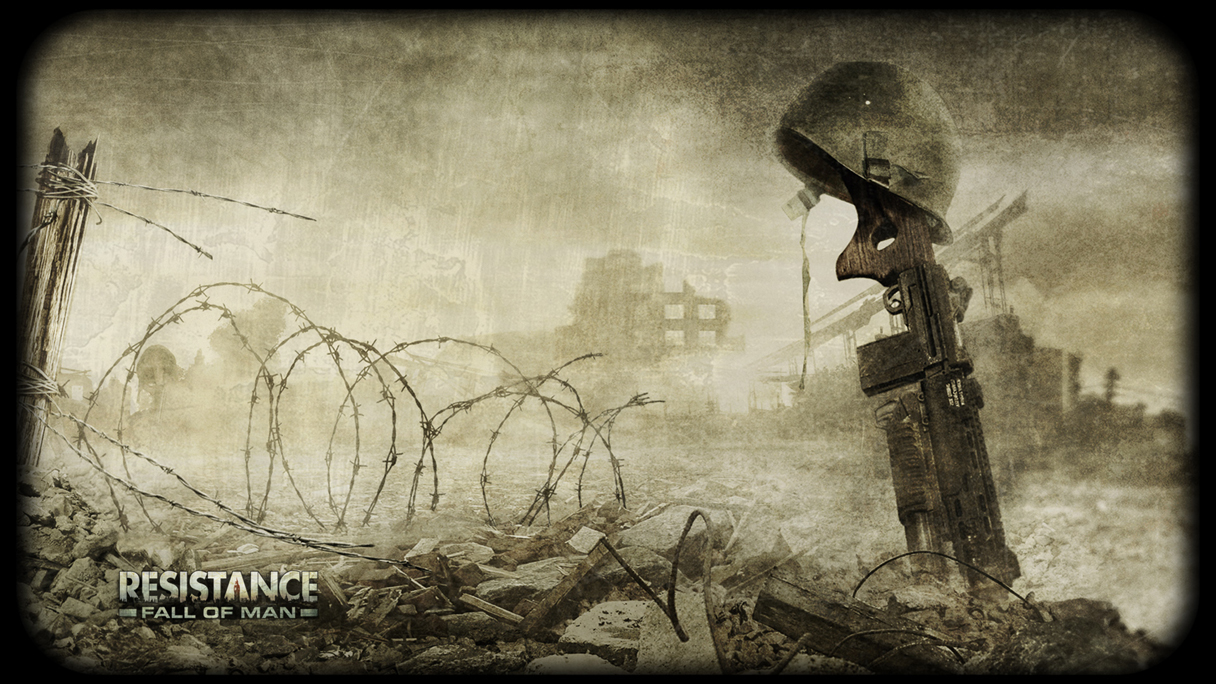
Resistance: Fall of Man (Insomniac, 2006)
When the PlayStation 3 first launched, it did so along several high profile games. The only problem with this is that most of these were also available on the Xbox 360. The few exclusives it did have were either uninspiring rehash sequels or ho-hum titles that didn't resonate well with fans or critics. Their was one exception, however. A lone bright spot that came from none other than longtime Sony collaborator, and purveyor of generally quality titles, Insomniac Games. For the launch of PS3, they introduced us to Resistance: Fall of Man, the first installment of a brand new and (what would go on to become) a fairly successful first-person shooter franchise about defending the planet from a hostile alien invasion during the 1950s. In addition to a solid and fun single-player campaign, the game also offered competitive multiplayer with up to 4 players via split-screen or a whopping 40 players online. With options like those, this little gem surely kept early adopters happily occupied during those early sparse months of the console's life.
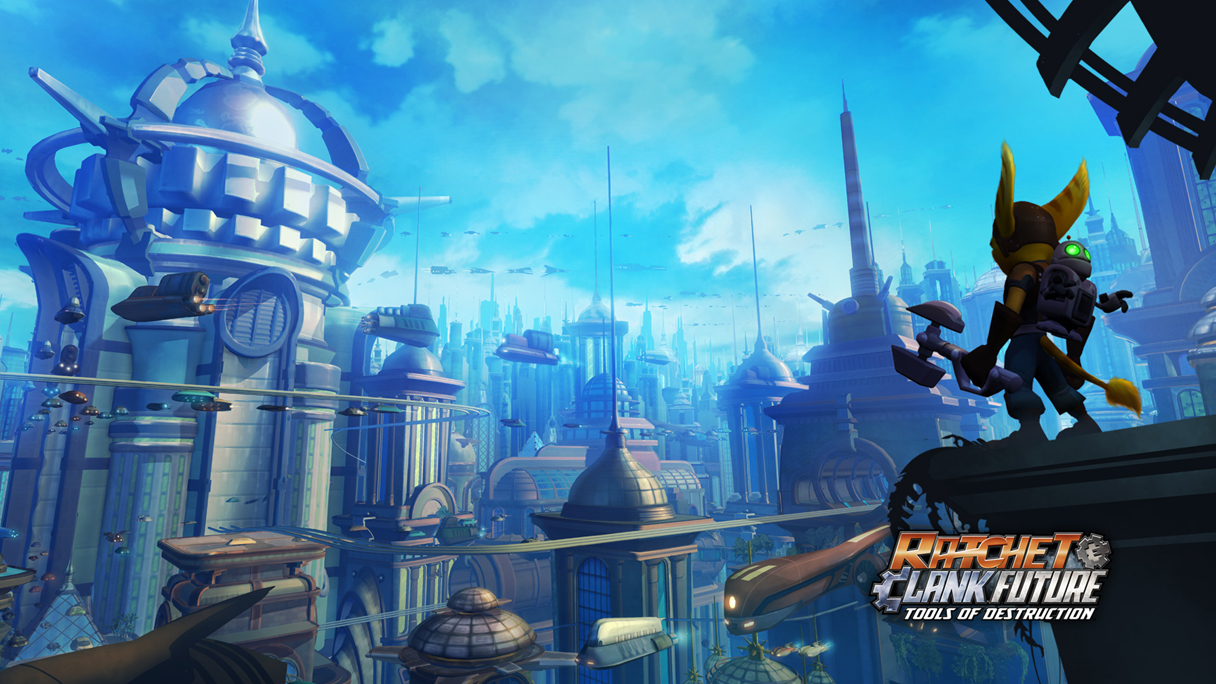
Ratchet & Clank - Future: Tools of Destruction (Insomniac, 2007)
You might think Insomniac would have been content to rest on their laurels and enjoy the success of Resistance: Fall of Man for a little while. You'd be wrong if you did though. After single-handedly saving the PS3's release with their clutch launch game, Insomniac stepped up once again, the very next year, to deliver the must-have title of 2007, Ratchet & Clank - Future: Tools of Destruction. A continuation of their beloved PlayStation 2 trilogy, Tools of Destruction brought the space-faring duo into a brighter, better future with new weapons, new adventures and beautifully improved graphics. Its easy to see why the PS3 owes a lot of its first-year sales to Insomniac.
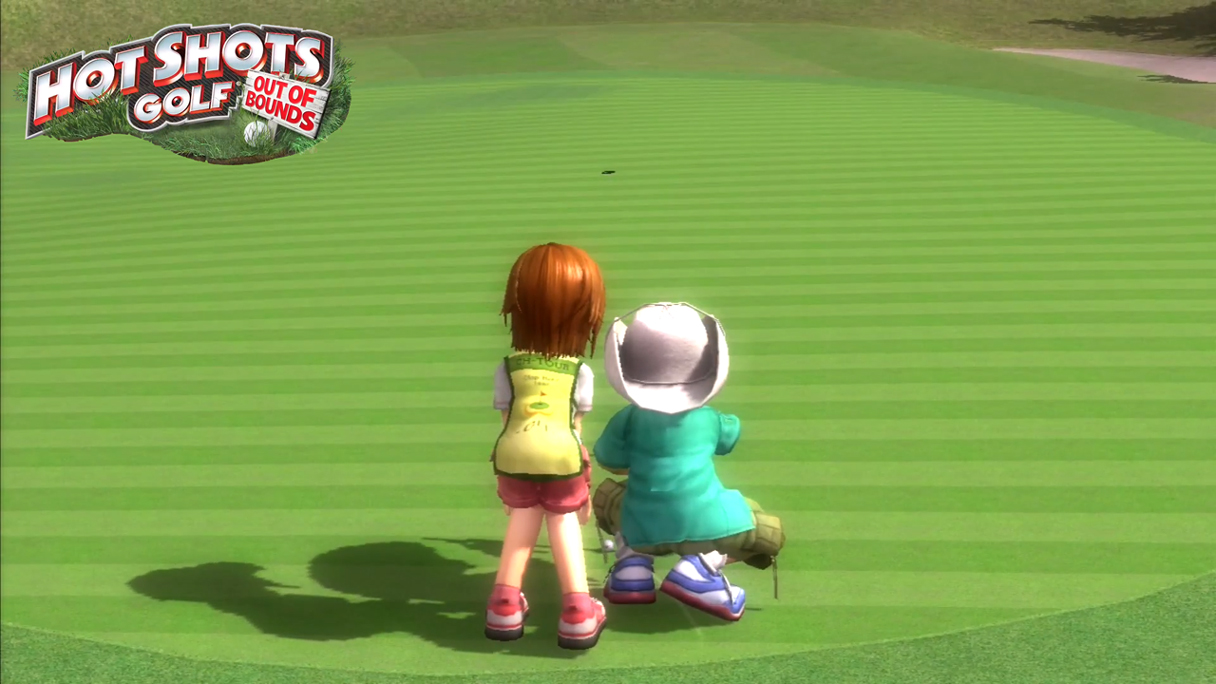
Hot Shots Golf: Out of Bounds (Clap Hanz, 2008)
The Hot Shots series first appeared on the PlayStation 1 back in the late '90s, presumably as Sony's answer to Nintendo's popular Mario Golf franchise. Since its debut, every single entry has consistently delivered a thoroughly enjoyable round of golf, every bit as good as Nintendo's offerings (if not better). This is especially true for the PlayStation 3 installment, Hot Shots Golf: Out of Bounds. Not only did it offer better graphics and gameplay than ever before, but in 2012, developer Clap Hanz even added in support for playing with the PlayStation Move, Sony's late-entry, camera-tracked motion controller (four years after the game was originally released). If there was one sports game to buy for the PlayStation 3, this was that game.
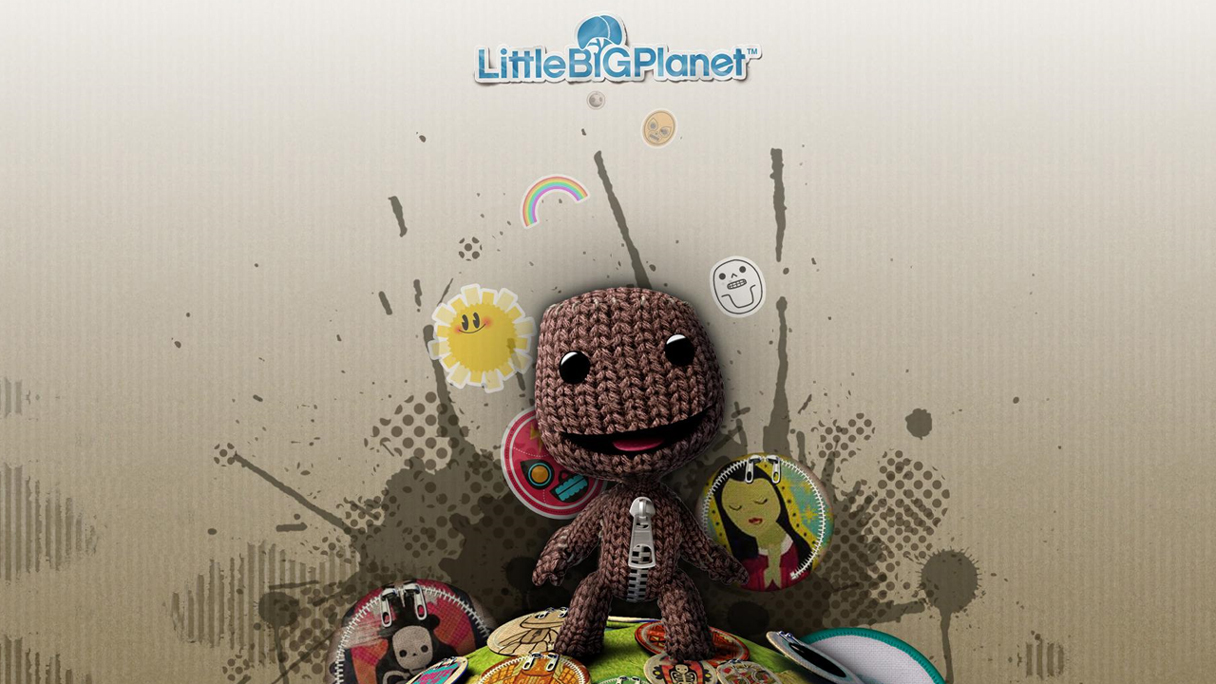
LittleBigPlanet (Media Molecule, 2008)
When Fable developer Lionhead Studios was acquired by Microsoft in 2005, several employees left to form their own studio. Three years later, they released their first game, a Sony-published physics-based puzzle-platformer with a unique craft aesthetic. LittleBigPlanet charmed gamers and critics alike with its endlessly entertaining gameplay and it's adorable star character, Sackboy. The inclusion of both local and online multiplayer options, as well as the ability to create and share your own levels was just the (felt) icing on the (cardboard) cake. LittleBigPlanet was a wholly unique reason to pick up a PS3 and it's popularity is well-deserved.
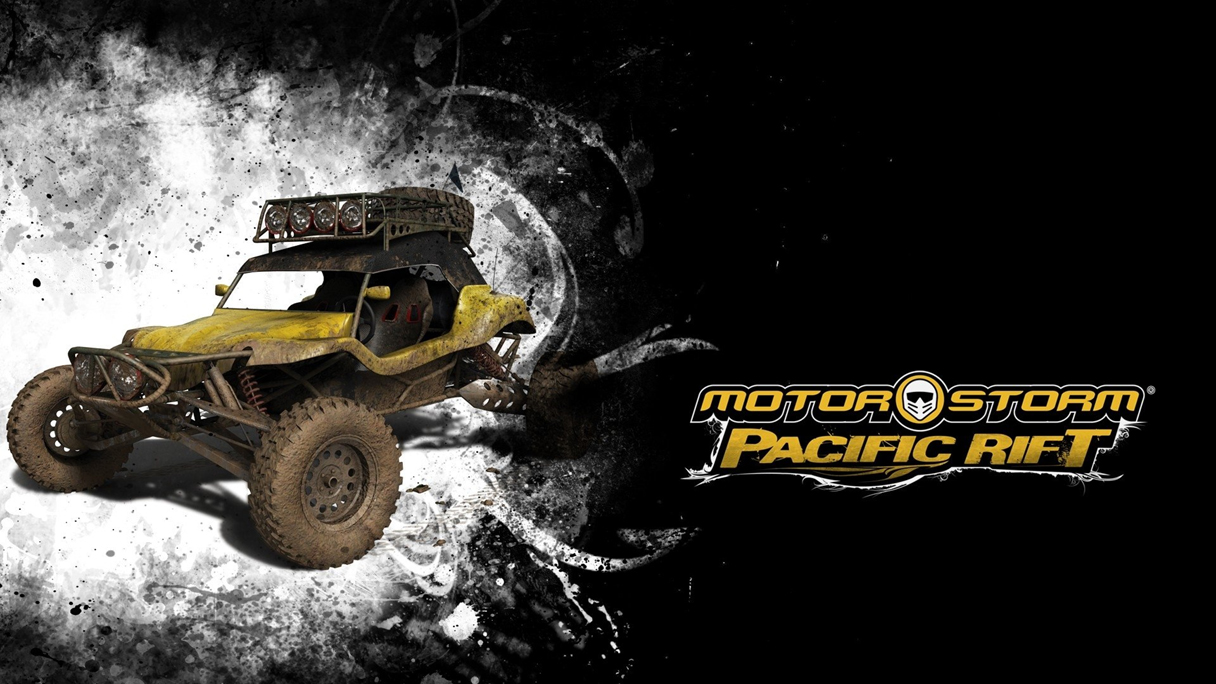
MotorStorm: Pacific Rift (Evolution Studios, 2008)
When you think racing games on PlayStation, you probably think of Gran Turismo before all others. You'd be forgiven for doing so as that was one of the key franchises that helped put Sony's first two consoles on the map. It also set the bar for realistic racing on any console. When Microsoft's Forza Motorsport series showed up however, it quickly and decisively dethroned Gran Turismo and the series hasn't quite been the same ever since. That isn't to say that the Gran Turismo games aren't still good. There were two separate installments that appeared on the PlayStation 3, and both were great additions to the lineup. But neither one really qualified as an obligatory purchase. MotorStorm: Pacific Rift on the other hand, was exactly that.
The original MotorStorm debuted on the PS3 in 2007. The crazy, over the top off-road racing made a pretty big impact when it first arrived. Yet it wasn't perfect. The somewhat dull desert environment, repetitive tracks, and limited options made the game feel a bit lacking. The following year, developer Evolution Studios gave it another shot and this time, they got everything right. MotorStorm: Pacific Rift had the same fantastic feel of the first game, but with additional options (like the split-screen mode that the first game omitted for some reason), greater variety, and a much wilder Pacific island setting. If you were only looking to buy one racing title on the PlayStation 3, MotorStorm: Pacific Rift was the one to get.
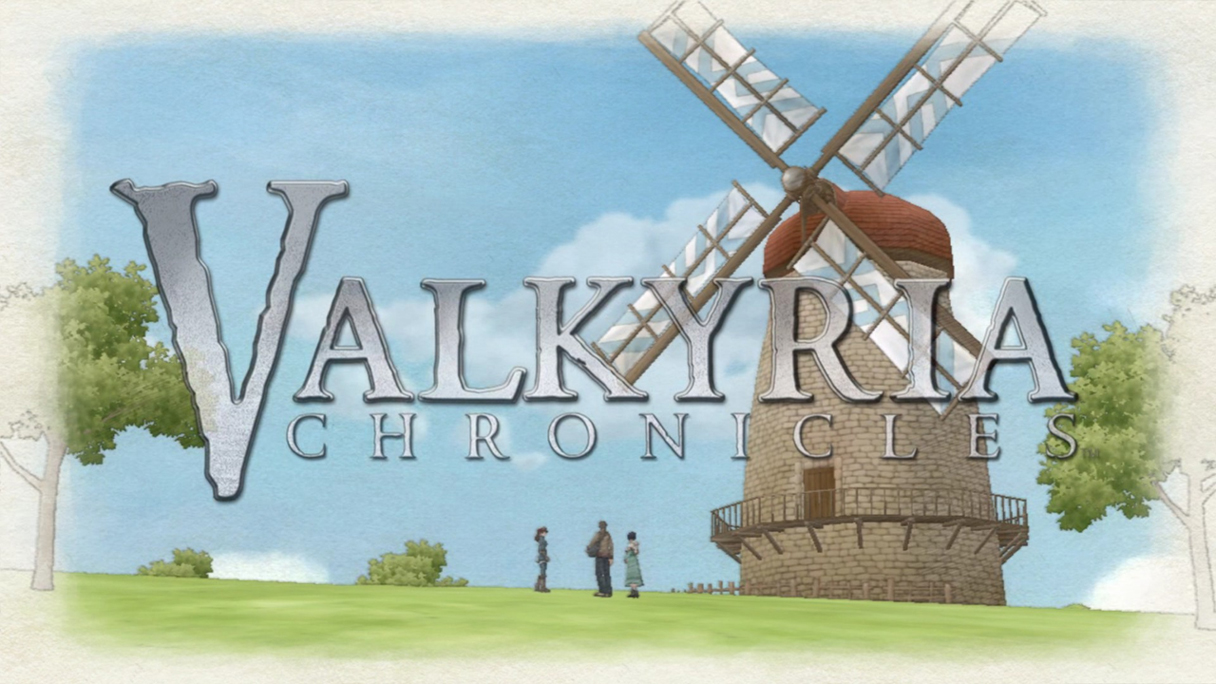
Valkyria Chronicles (SEGA, 2008)
Valkyria Chronicles was something of a uniquely welcome surprise. A tactical RPG from the once legendary developer and publisher, Sega, the game is set in a fictional time and place that is strongly reminiscent of World War II Europe. It features interesting gameplay, a great story, a wonderful musical score, and a beautiful watercolor paint aesthetic. While the game did eventually make the jump to the PC and then other consoles, for many years you could only play it on PlayStation 3. And Sega's inspiring creation was truly one of the very best reasons to get one.
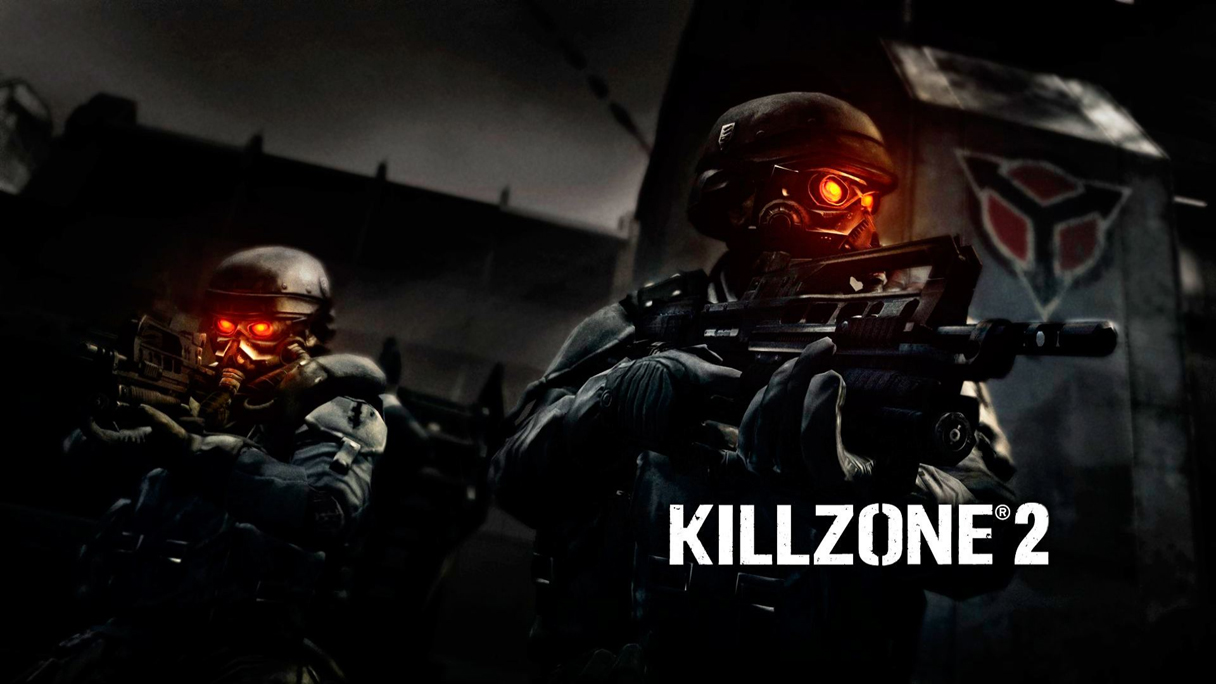
Killzone 2 (Guerrilla, 2009)
Leading up to the release of the first Killzone on the PlayStation 2, the game was being heavily touted as a supposed "Halo killer". In November of 2004 went it was released up against Halo 2 (which itself turned out to be one of the single greatest and most successful video games of all time) it was made all the more glaringly apparent that it was anything but. While Halo 2 was winning numerous gaming awards and breaking sales records, Killzone 1 was utterly failing to resonate with the gaming public. It did however sell well enough to warrant a sequel (no doubt thanks to those spectacularly gross prerelease exaggerations).
Thankfully, Killzone 2 was a vast improvement over the original. With gorgeous visuals, solid gameplay, and plenty of glorious first-person shooter action, the second one turned out to be the critical hit that the first one was supposed to be. It's still debatable whether or not you could consider it to be as good as the Halo series, but it came about as close as possible.
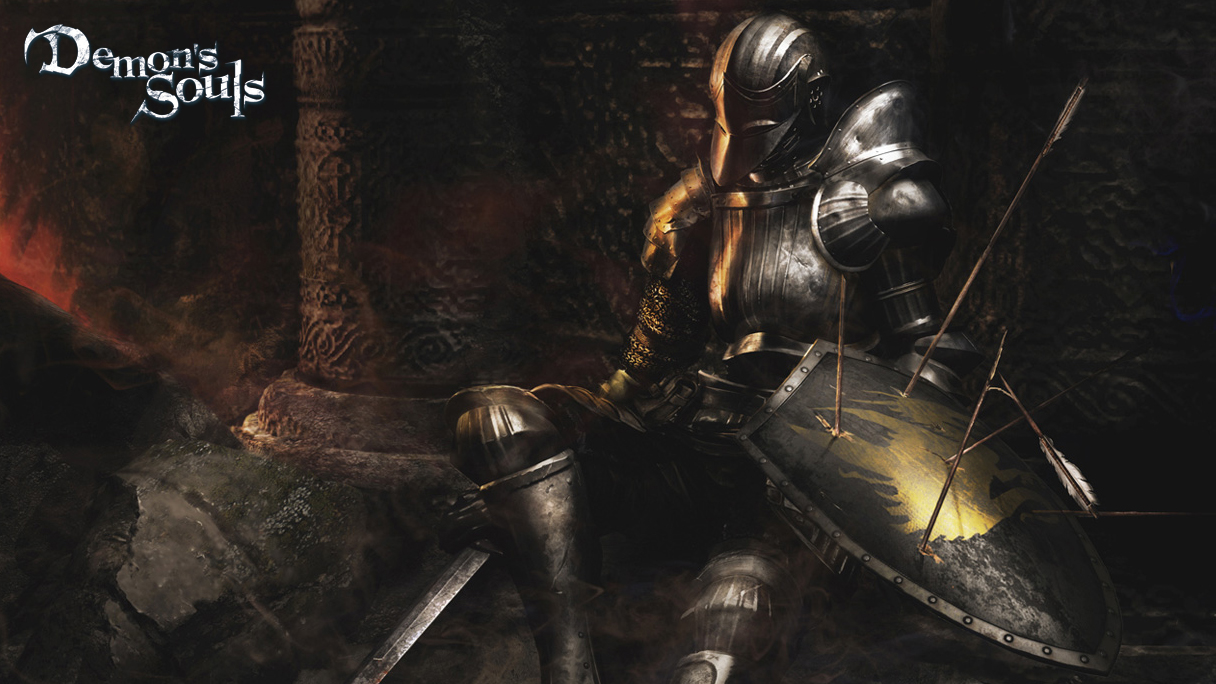
Demon's Souls (From Software, 2009)
By now, the gaming public is very well familiar with From Software's outstanding Dark Souls franchise. Even after three very solid releases, it seems like fans and critics still can't get enough of the punishing brand of gameplay the series is famous for. But before those excellent multi-platform games conquered our collective hearts, there was Demon's Souls, From Software's PS3-exclusive Dark Souls progenitor. Demon's Souls was the title that started this whole Souls craze and it was every bit as good as the ones that followed it. In fact, as it was the original, some might say it will always be the best. And the PS3 has always been the only place to experience it.
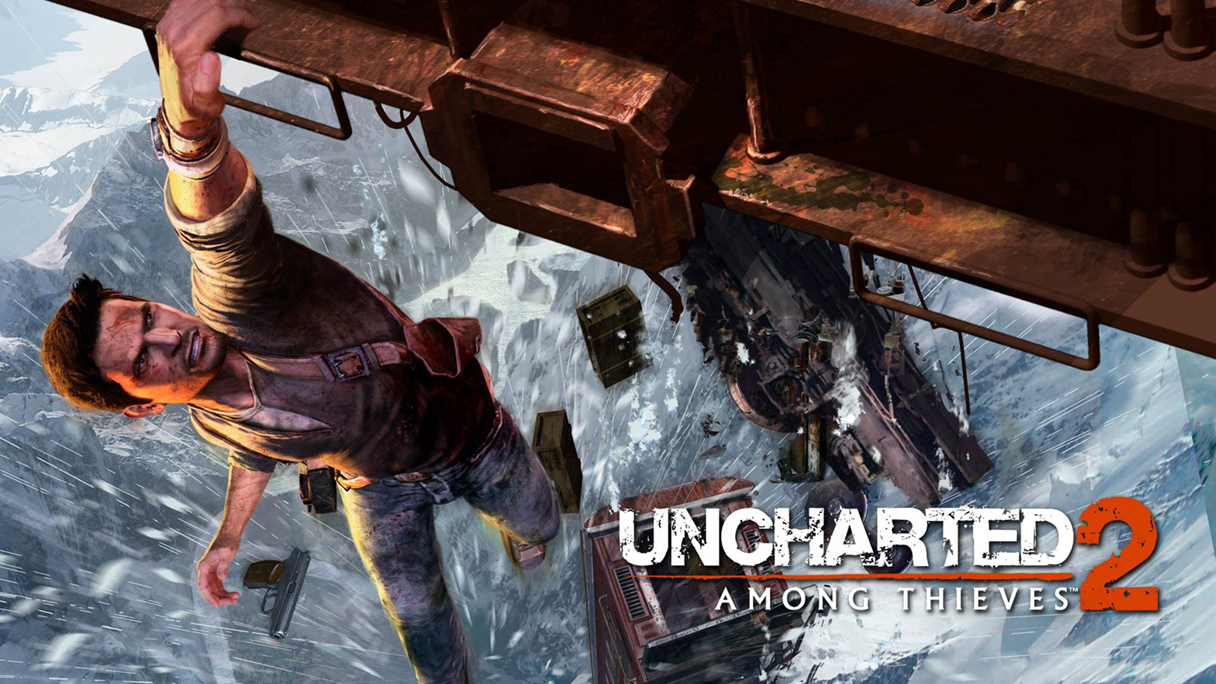
Uncharted 2: Among Thieves (Naughty Dog, 2009)
In 2007, Sony developer Naughty Dog released Uncharted: Drake's Fortune. A thrilling, treasure-hunting action-adventure title in the same vein as Tomb Raider or a modern Indiana Jones story. The game was pretty fantastic and would have made this list all by itself had the developer not seen fit to release a mind-blowing sequel in 2009. Uncharted 2: Among Thieves upped the ante with an even more thrilling campaign, more realistic graphics, and the addition of both competitive and cooperative multiplayer modes. The game was so incredibly well-received that it claimed mulitple game-of-the-year awards. It might just be the best PS3 game ever made.
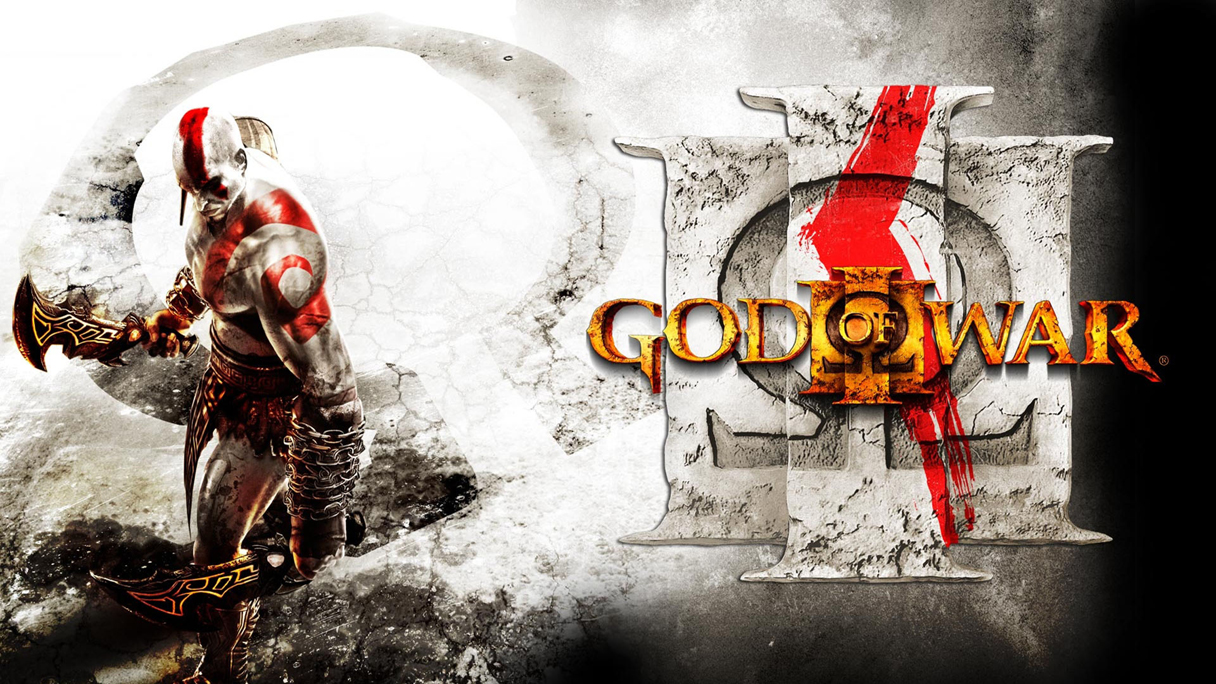
God of War III (Sony Santa Monica, 2010)
The first two God of War games together were a pair of the biggest highlights to be found on the PlayStation 2 console. If (or when) I ever get around to writing a PS2 retrospective, you can pretty much bet one of them will be on there. But Sony Santa Monica wasn't satisfied with keeping the hit series limited to the previous generation. After the release of the second God of War, they pretty much immediately set about working on the next installment. Utilizing the greatly-increased power of the PlayStation 3 hardware, the developer was able to create a rampaging odyssey of unparalleled scale, with greatly improved visuals, and the same fantastic gameplay as the originals. On the PlayStation 3, God of War III reigned supreme as the king of all action titles.
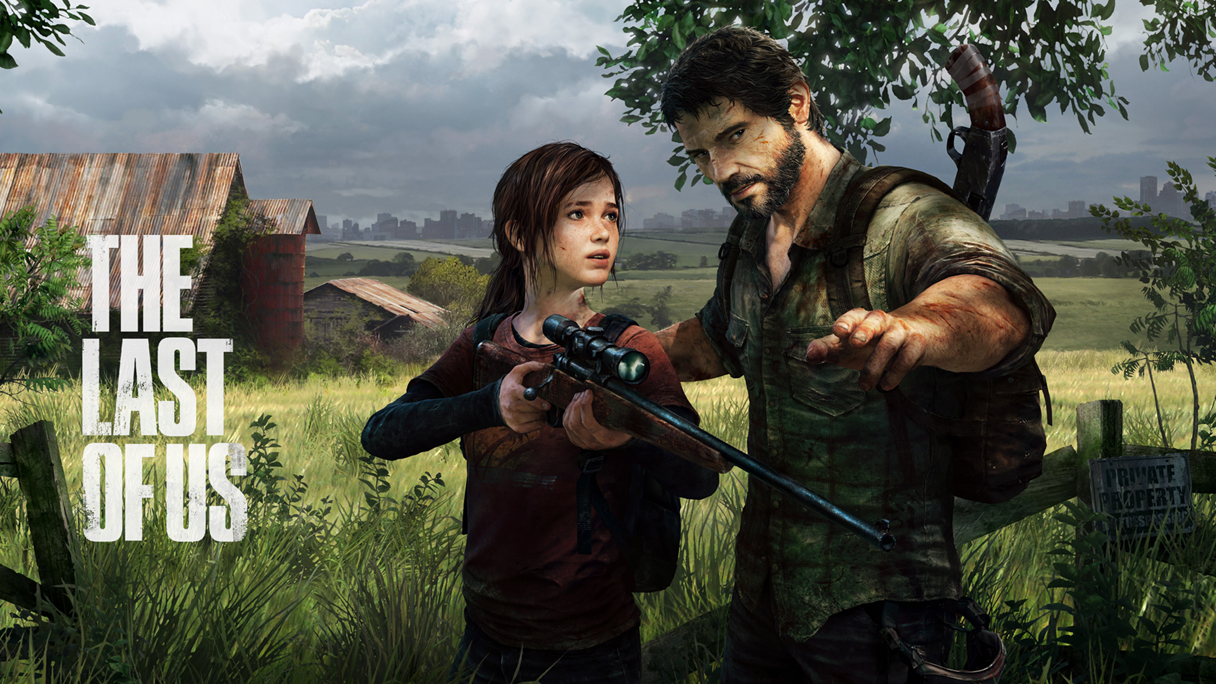
The Last of Us (Naughty Dog, 2013)
Like Insomniac, Naughty Dog has the unique distinction of appearing twice on this list. After wowing gamers with not just two entries, but an entire trilogy of unbelievably great Uncharted games, the Sony developer then decided to focus their incomparable skills on the creation of another new franchise, The Last of Us. A survival horror adventure about a man and a teenage girl's harrowing trek across America following a zombie-esque apocalypse. Some of the highlights of the game include the same exceptional attention to graphical detail and brilliant storytelling that made their Uncharted series such a sterling success. Add to that the impeccable sound design and a highly entertaining multiplayer mode and it's no surprise why The Last of Us remains one of the most lauded games ever to grace the PlayStation 3. It was also one of the system's last big hits before the arrival of it's successor, the PlayStation 4.
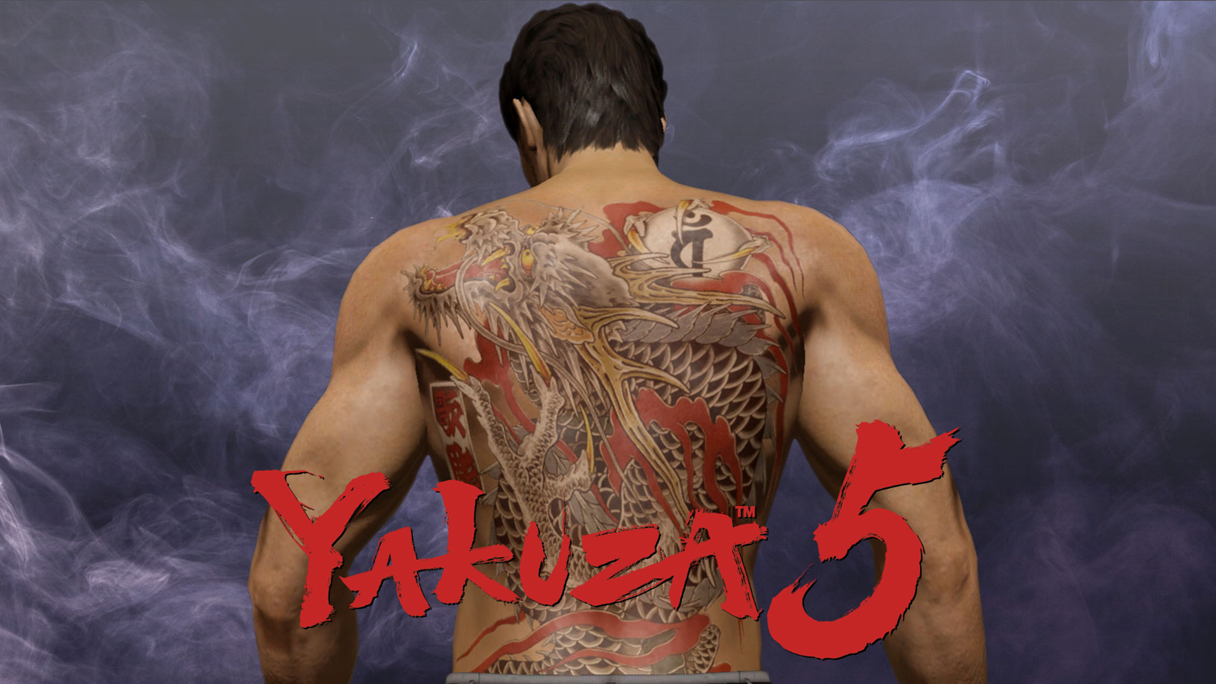
Yakuza 5 (SEGA, 2015)
By December of 2015, the PlayStation 4 had already been out for over two years and the number of new PS3 releases were beginning to dwindle considerably. Then entered Sega (also for the second time on this list, for those keeping track) with the last great exclusive the console would ever see, Yakuza 5. Although it wasn't the first series entry to appear on the system, Sega clearly decided to save the best for last. With a brand new game engine and double the development time as previous releases, Sega made sure that Yakuza 5 was bigger and better than any that had come before. Better still, the inclusion of actual arcade games within the game (like legendary Sega classic Virtua Fighter 2) helped to make the game endlessly entertaining whilst bringing the series even closer than ever before to its spiritual forebear, Shenmue. Yakuza 5 was the perfect swan song for the PlayStation 3. And for a system with such a great selection of games, there's nothing better than ending things on a high note.
Despite coming off of two entire generations of stunning success, Sony somehow managed to seriously hamstring the launch of their PlayStation 3 system. With bungles of everything from the initial lackluster controller and the choice of processor to the overpriced internal hardware and highly questionable strategic decisions, things weren't looking too optimistic at the outset. Fortunately, by making both compromises and some pretty significant investments in their vision, they were eventually able to correct course and give their system a fighting chance.
In fairly short order, the PlayStation 3 managed to evolve from a symbol of excess and hubris that likely made many fans seriously question their brand loyalty, to a legitimately valid option of considerable value. By giving it a much more sensible price, fixing the inadequate controller, and dumping a pile of cash to make their disc format the industry standard, Sony quickly transformed their system into a proposition that could no longer be easily ignored. While it may have lost the ability to play PS2 games, even without the extra internal hardware, it did still retain the ability to play PlayStation 1 games (in fact, some people aren't even aware of the fact that every iteration of the PS3 could always do so during the entire lifetime of the system). And with the future of Blu-ray no longer in doubt, the PlayStation 3 suddenly had significantly more appeal as a one-stop gaming and high-definition-movie-watching device.
Sales of the system increased steadily until they eventually rivaled those of the competition. By the end of the generation, the gaming division of Sony was back in (the) black, and in a prime position to launch their follow-up console, the PlayStation 4. By learning from past mistakes, Sony was able to set up both a flawless reveal, and system launch, and actually managed to turn the tables on Microsoft (who ironically fell victim to their own misguided hubris) and retake their throne as the industry leader.
(This is a repost of an article that also appeared on 12/12 Games.)
[Images: Insomniac, Clap Hanz, Media Molecule, Evolution Studios, SEGA, Guerrilla, From Software, Naughty Dog, Sony]

